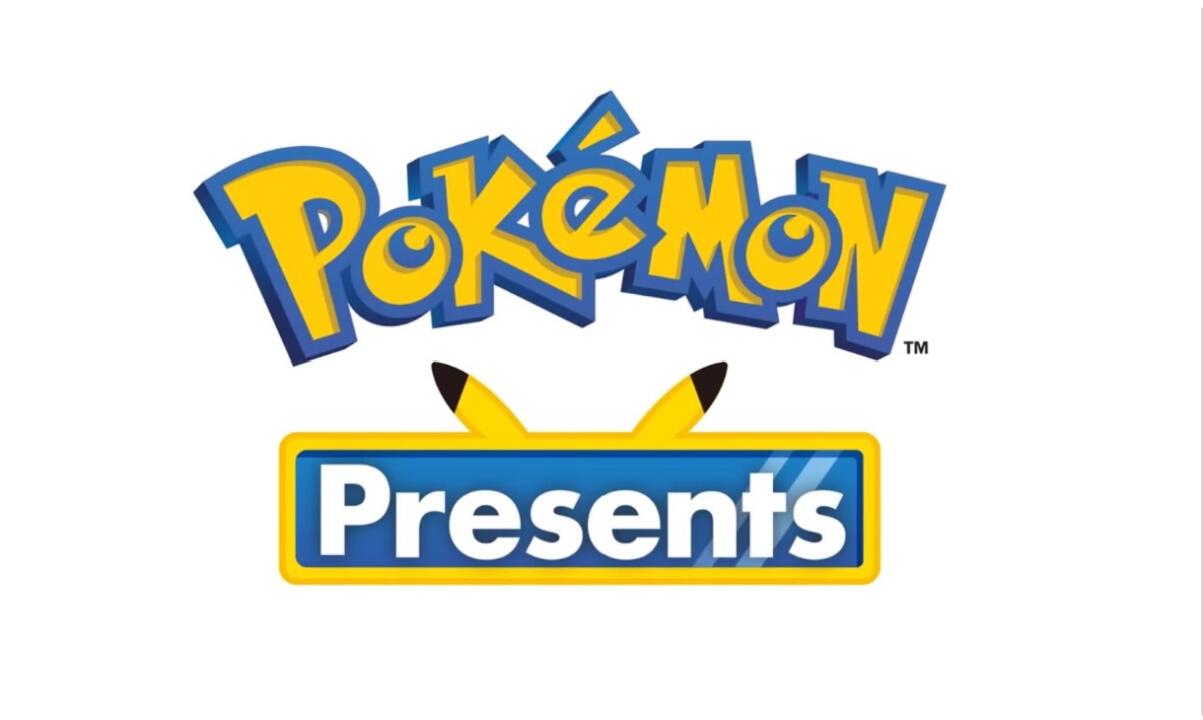Amid the ongoing debate about whether or not cultural awareness periods should even exist, public institutions, including the University of Maryland, Baltimore County, face an obligation to recognize and uphold the goals of these periods.
The labeling of certain portions of the year as “History Months” often faces criticism for segregating history into an array of subgenres, or for permitting a more relaxed integration of that history into the mainstream. “The Retriever” has published two different articles about Black History Month in the past thirteen months alone, and there are differences of opinion even between these pieces.
The debate surrounding cultural awareness periods, while still ongoing, has led to a general consensus that problems emerge when isolated and catered celebration becomes a replacement for real, year-long integration. In the case of UMBC, in a city as dense and as diverse as Baltimore, people want to be heard and represented in an equitable light.
Institutions such as UMBC are ultimately called on to navigate between their commitments to recognize the societal contributions of all groups at all times and to equitably recognize more suppressed contributions at certain times. This raises a question about whether or not both goals can be pursued in tandem, without one undermining the other.
On the surface, year-long recognition should not be a concern for UMBC. A number of programs and departments within the school, such as Initiatives for Identity, Inclusion & Belonging, hold and promote inclusivity events throughout the year, and many of the values that drive efforts for inclusivity and awareness are deliberately incorporated into classroom objectives and discussions.
The College of Arts, Humanities and Social Sciences, for example, makes an upfront commitment to ensuring that students are challenged to reflect on “problems of injustice, social inequality and race relations” through their course curricula. In addition, UMBC officially promotes many student organizations that center around identity factors, legitimizing student voices as diversity resources.
UMBC also places a considerable amount of effort and emphasis into more isolated recurring events. In 2015, “The Baltimore Sun” recognized UMBC as an institution that was using Black History Month to promote contemporary issues and change. UMBC has held and promoted fairs celebrating and raising awareness for Black History, Women’s History, LGBTQ+ History, Asian-Pacific Heritage and Hispanic Heritage during various years in the “UMBC Celebrates Diversity” event series.
Staff and faculty have also officially taken part in cultural awareness periods. UMBC’s president, Freeman A. Hrabowski, III, participated in Baltimore County Executive Johnny Olszewski’s 2021 Black History Month Conversation series, where he discussed current issues in systemic racism and oppression, as well as his own history and involvement with civil rights activism.
“UMBC Magazine” celebrated this year’s Women’s History Month by highlighting a number of prominent community leaders at UMBC. At a more academic level, the Department of Psychology virtually showcased an array of notable psychologists and educational leaders during Black History Month 2021.
UMBC faculty and staff evidently expend a considerable amount of time and resources promoting both integrational and periodic awareness, leading the question to eventually become whether or not common criticisms of the latter may be relevant to UMBC’s ability to promote the former. Looking at what the school itself actually cultivates through these efforts, the truth might not matter.
Institutional diversity efforts, whether altruistic or not, are in part efforts to more equitably retain students of varying backgrounds. While UMBC has maintained a marginal disparity in black and white student retention and graduation rates for over the past 20 years, population size, first-year retention rates and six-year graduation rates for Hispanic, Asian and international students have continued to grow steadily over that period.
These trends align with research suggesting that institutional efforts to promote cultural diversity do foster more positive outcomes for low-income students and students of color. UMBC has been repeatedly noted for its impressive campus diversity, and ultimately stands to gain considerably as a brand and an intellectual space as these numbers continue to grow.
Regardless of gains, dominant culture continues and will continue to be a driving force in a discussion about representation of marginalized cultures. As such, it might be worth considering the implications for how UMBC chooses to position itself within its somewhat conflicting obligations to both emphasize and simultaneously normalize marginalized history and culture.
UMBC will, in all reality, continue to celebrate marginalized identity periods regardless of whether it carries an inadvertent risk of forgetting those identities when their respective periods come to a close. In that sense, the conversation may need to shift from being one of emphasizing non-dominant history, to one of deemphasizing dominant history, which oftentimes has a tendency to go unchecked.
Regardless, UMBC needs to consider its vision for cultural representation as it relates to the next few years and decades, rather than simply the next 12 months.
Written by probationary writer Terrence Moore, tmoore7@umbc.edu

